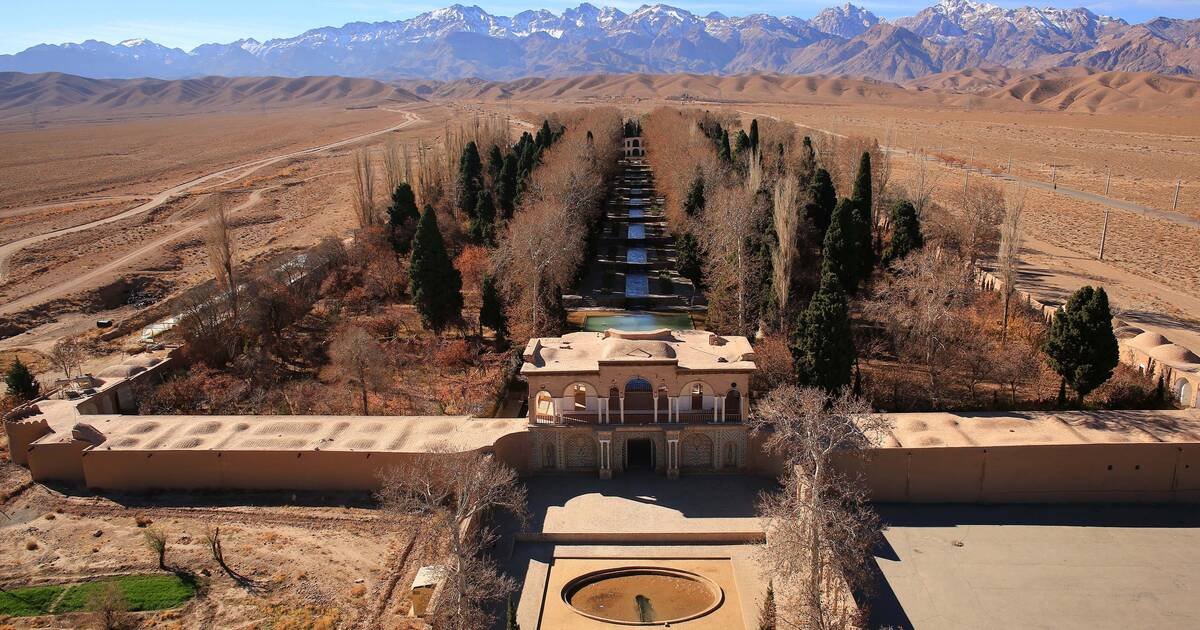Some of Africa’s dry areas face serious water shortages due to minimal rainfall. An ancient system of drawing water from aquifers, the “qanat system”, could help.
About Qanat system:
- It is an ancient type of water-supply system, developed and still used in arid regions of the world.
- It taps underground mountain water sources trapped in and beneath the upper reaches of alluvial fans and channels the water downhill through a series of gently sloping tunnels.
- The qanats have been used for centuries in arid and semi-arid parts of north Africa, the Middle East and Asia, where water supplies are limited.
- It’s known by a variety of names, “foggara” in north Africa, “falaj” in Oman and “qarez” in parts of Asia.
- Many old qanāts are still used in Iran and Afghanistan, chiefly for irrigation.
- It’s a system that’s managed by everyone and its benefits are shared.
- Some of the region’s qanat systems, like those in Iran, are protected under heritage status.
- Significance of the system
- The qanat is sustainable as it works with gravity and no electricity is needed. It can even be used to create clean energy.
- Water lost to evaporation is minimal in comparison to surface water supplies.
- It can have a wide scale impact. Qanats are multiple kilometres long and once this water hits a floodplain, it can irrigate multiple hectares of land.
- It fosters social cohesion. Many people, with different skills, are involved in maintaining the system.
- The lifespan of the system extends beyond that of a deep water well, which is only about 20 years. Tunnels do not clog as easily as wells.
- The quality of water coming from the mountains is much better than water on the plains. It’ll have lower salinity and be better for crops and people.




